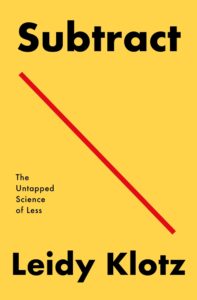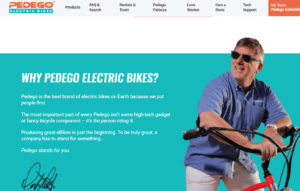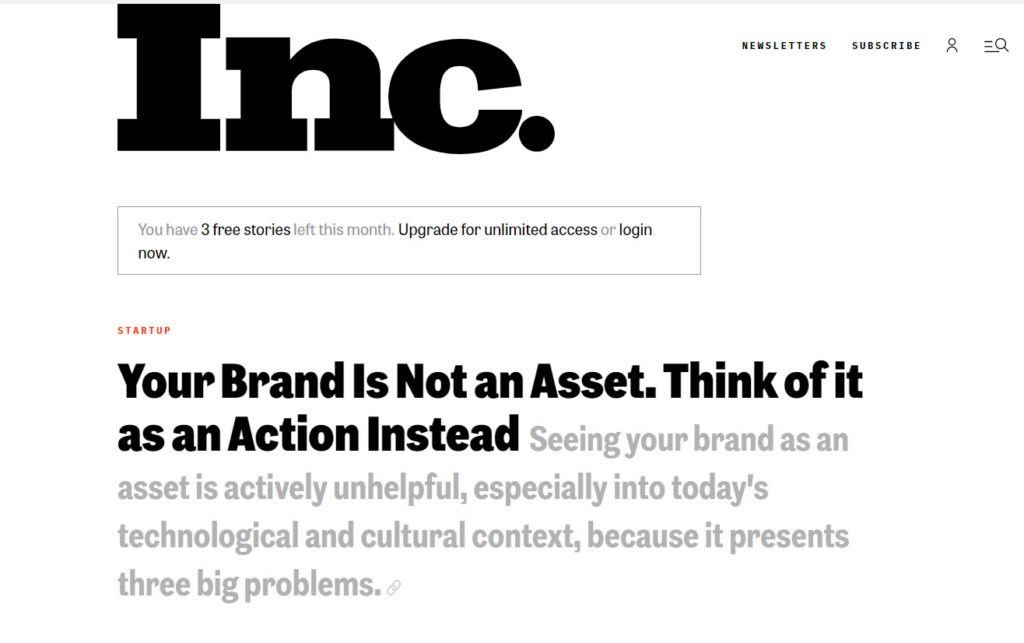Dunkin’ Cover. (As in, duck and cover.)
The wifus loves donuts. Her favorite is Dunkin’ Donuts Vanilla Crème. On Mother’s Day, a lil bit of powdered sugar still on her lips, she happened to mention that the donuts used to be better. Apparently, the vanilla filling used to extend right to the very end of the donut and now it takes a bite to get there. As a kid who was coaxed to go to church with a jelly donut, I appreciate her point. A donut bite without filling is a lost opportunity. A branding problem.
Since the customer is always right, why did Dunkin’ (they officially dropped the word Donuts from the brand) decide to lighten the filling load? There might be an assortment of reasons: new filling extrusion machines, reduce sugar content for health reasons, save a few pennies, the list goes on. But if one donut lover noticed, you can bet thousands of donut lovers noticed. And of those thousands, how many consciously or subconsciously have decided to try another donut shop – perhaps a craft donut shop — or even another morning confection altogether?
When a butterfly flaps her wings….
When you have craving brands and you alter the recipe or the proportion, it has an effect. There had better be a very good reason for doing it. It gets noticed.
Peace.






